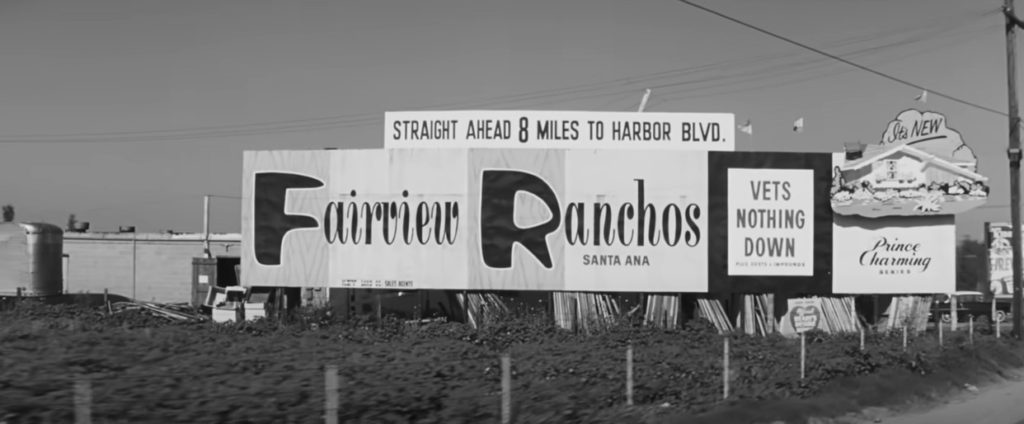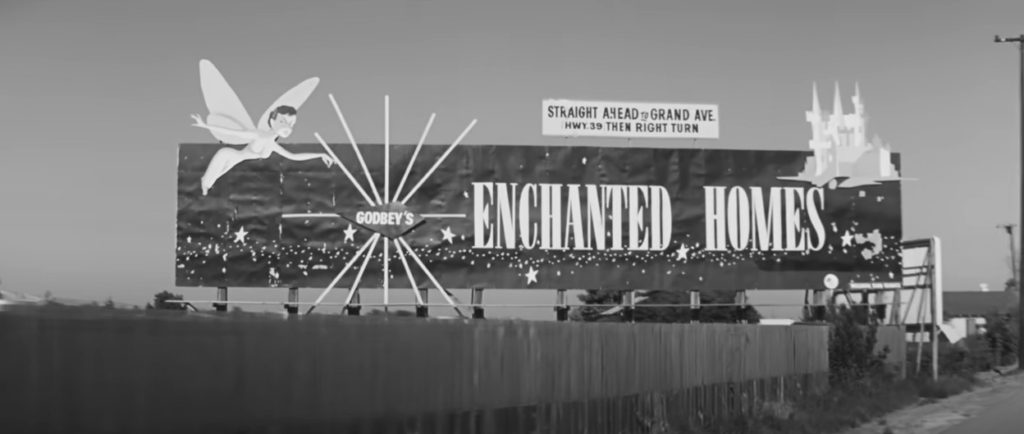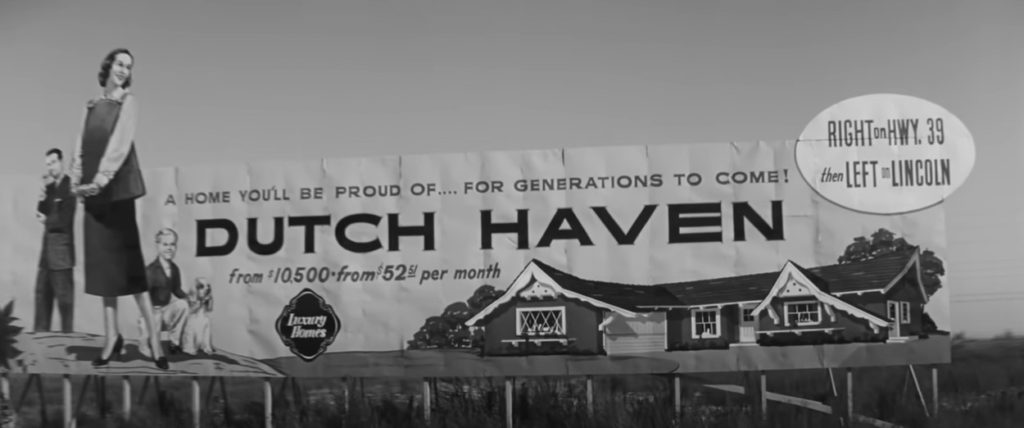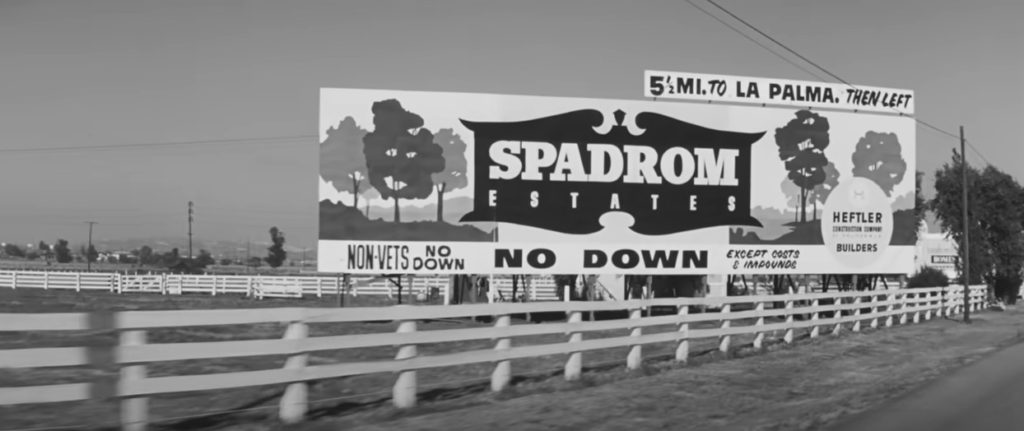Located in Anaheim, California, Spradrom Estates was a $7.5 million development of 486 homes that broke ground in 1956.
It’s still there.
Hundreds of housing developments were built across the Southern California landscape in the post-World War II housing boom of the 1950s and 1960s.




Like most housing developments of that period, Spadrom’s original name disappeared at some point. Residents of Dutch Haven or Fairview Rancho might have used the name of their development for years, but “Spadrom” doesn’t exactly roll off the tongue.
Spadrom Estates no longer has a collective name. It is just an area comprised of Ravenna, Rivera, N. Raleigh, Citron, and N. Ralston Streets. Its namesake, Spadra Road, has since been renamed Harbor Boulevard.
Already by the early 1960s, the Riverside Freeway was being rammed east-to-west across the top of Spadrom Estates, just below Orangethorpe Ave. Manzanita Park was built. All of that accounted for the loss of about half of the 486 homes.
Spadrom Estates also gives us an insight into the actual meat-and-potatoes life of the architectural photographer, Julius Shulman. Shulman is famous today for his stunning images of high-profile mid-century modern buildings.
But these are only the photos we remember today. Shulman made his living, too, by photographing very low-profile homes and developments, like Spadrom Estates.
Finally, we have the ambitions of entrepreneurs of that age with enough capital to buy yet another unbuilt area of the Los Angeles metro landscape and slap down a housing development to reap the rewards.
Born in 1913, Herbert Heftler had a father who was a builder in New Jersey. Heftler did a stint in the Army, then into law school, but he really wanted to build homes. Described as a “dapper man who works like a dynamo,” Heftler was neat and non-flamboyant, his one nod to flair being his off-beat cuff links.
Heftler married into Hollywood in 1961 by marrying Louisiana-born B-movie actress Cleo Moore. At least they had one thing in common: houses. Says a 1953 newspaper account:
Housebuilding is one of Cleo’s passions. She and her father and built and sold 11 homes in the San Fernando Valley.
With Spadrom Estates, it’s tempting to get intellectual and intone solemn indictments about the failure of the American dream and about our fondness for illusory environments over real ones like, you know, cities.
But residents of the old Spadrom Estates may have a different opinion. Most of the original houses are still there and in pretty good condition. None are for sale. The original four model homes located at Citron St. and Romney Drive remain and have plenty of foliage and trees.